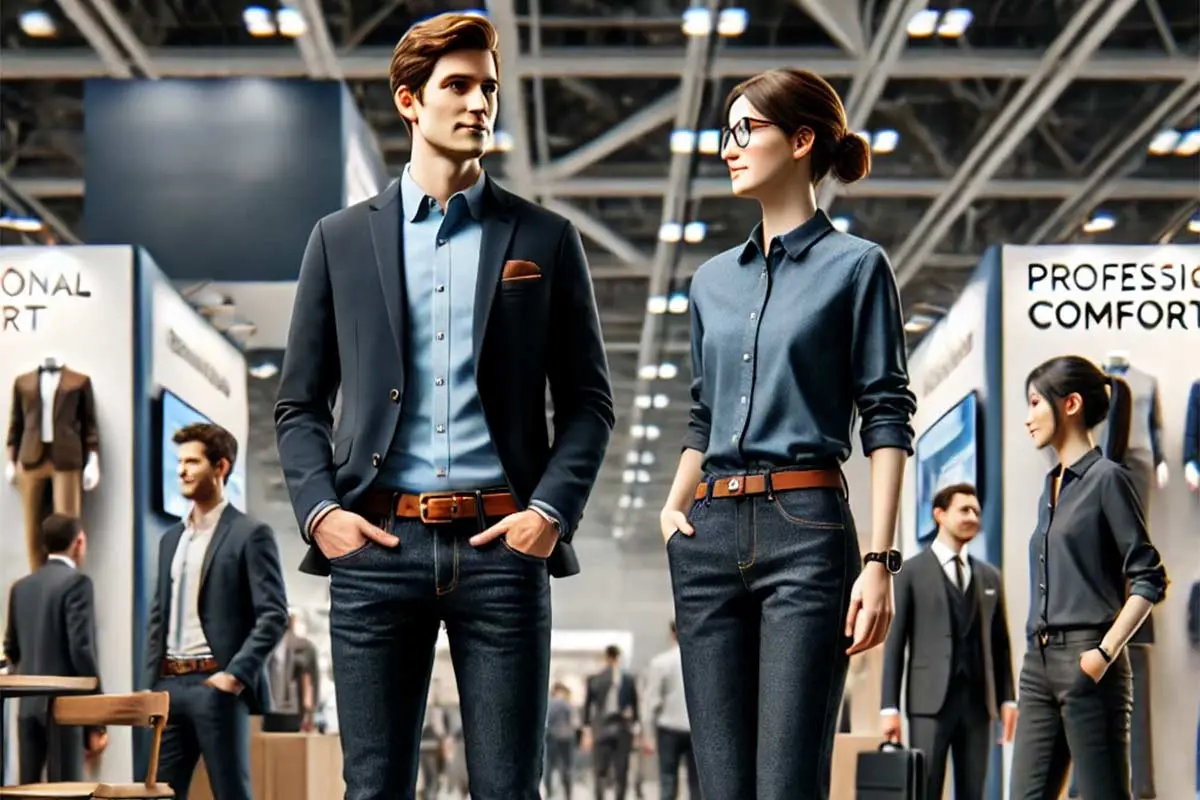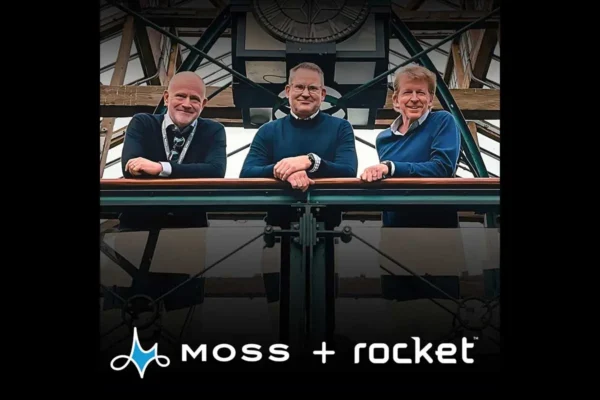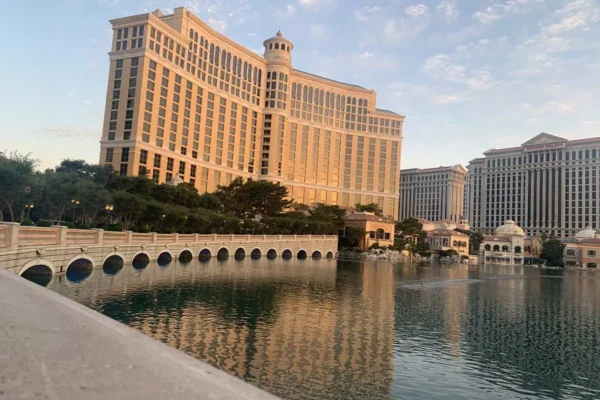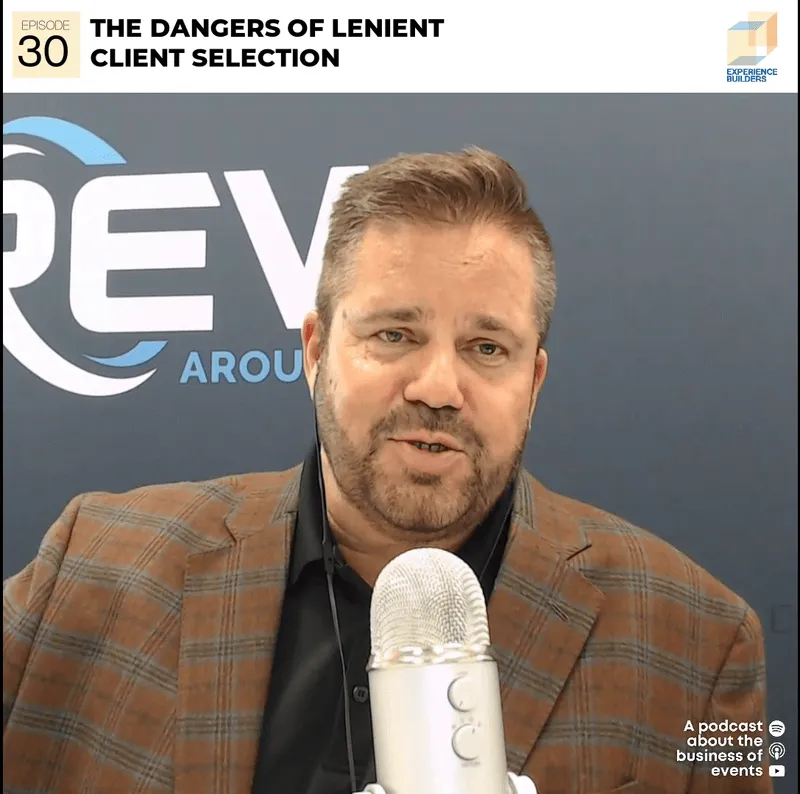(Photography below provided by Adrian Jules)
Rethink Your Tradeshow Attire
by Chris Kappes, Exhibit City News
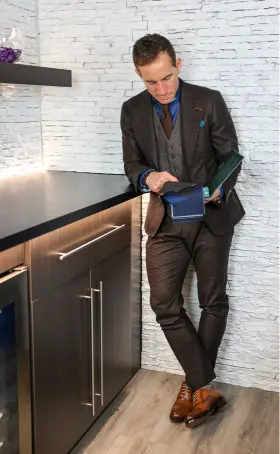 Tradeshows have a problem: homogenization.
Tradeshows have a problem: homogenization.
Exhibits often look the same, with aluminum systems and SEG Graphics dominating the scene. Staffers, too, have fallen into a predictable pattern, sporting branded shirts and khaki pants. But what happened to the creativity and innovation that once defined this industry?
With the turbulent economic climate, the pandemic in years past, and ongoing technological innovations, tradeshows have changed forever. Research shows that 50 to 70 percent of the buying journey is now completed before a buyer even interacts with a sales rep. Buyers often start their discovery process through internet searches and social media, passing through these gates before finally meeting sellers to confirm their findings and discuss potential solutions.
Tradeshows remain a critical stage for confirming and creating “moments of truth” — those pivotal moments when a customer decides whether to purchase and continue using products or services. Moreover, attendees often weigh their interactions with exhibit staff above every other factor at the exhibit. Experts suggest that 55% of first impressions are visual, 38% are influenced by tone of voice, and only 7% are shaped by the actual words spoken. In other words, “looking the part” is crucial.
Enter Peter A. Roberti, master tailor, clothing designer, and style blogger with Adrian Jules Custom Clothier. Founded in Rochester, New York, in 1962, Adrian Jules now ranks as the longest-running, family-owned maker of bespoke men’s and women’s clothing. Roberti offers some timely advice for those in the tradeshow business.
“Professional Comfort is THE trend for exhibit staffers and attendees,” shares Roberti. “The world has gotten overly casual at tradeshows. The idea of clothing uniformity at tradeshows sounds smart and easy, but in truth, it creates sameness. When exhibits and exhibit staffers look alike, attention, interest, and engagement wane.”
So, what does “Professional Comfort” look like?
“For men, I recommend foundational pieces: dark denim, brown shoes, a brown belt, a blue dress shirt, and a sport coat that can easily slip on or off depending upon the situation. For ladies, I suggest classic denim slacks, a black sport coat, a nice blouse or graphic t-shirt, complemented with nice sport shoes. Shoes are a great place to showcase personality. For all, garment comfort, durability, and mechanical stretch are essential. Avoid linens. Finally, staff clothing must complement the exhibit space,” Roberti shares.
 And what should you avoid wearing as an exhibit staffer? Roberti offers a pained response: “Never wear new shoes. Wear them for a full week before wearing them at a tradeshow. Garments should be year-round weight, 9-ounce wool, with a little mechanical weight. Stay away from English tweed fabrics as they tend to be hotter.”
And what should you avoid wearing as an exhibit staffer? Roberti offers a pained response: “Never wear new shoes. Wear them for a full week before wearing them at a tradeshow. Garments should be year-round weight, 9-ounce wool, with a little mechanical weight. Stay away from English tweed fabrics as they tend to be hotter.”
What about fragrances? “It depends on the season,” Roberti says. “Scents are individual, but err toward well-balanced, not overbearing. For Spring, fresh and delicate scents. For Summer, vibrant energy scents. For Fall, earthy tones. For Winter, coolness and contrast.”
The Evolution of Tradeshow Attire: Embracing the Future
Tradeshows have always been about standing out in a crowded market. But as the landscape evolves, so must our approach to how we present ourselves. The shift toward “Professional Comfort” is not just a trend; it’s a reflection of the broader changes in the industry. As buyers become more discerning and their journeys more self-guided, the need to make a lasting impression in person becomes ever more critical. Gone are the days when a branded polo and khakis would suffice. In today’s world, how you dress could make the difference between blending in and being remembered.
So, as you prepare for your next tradeshow, take a moment to rethink your attire. Is it helping you tell your story, or is it just another uniform in a sea of sameness? The future of tradeshows is about more than just products and pitches—it’s about creating experiences that resonate. And that starts with how you show up. As Roberti says in closing, “when you look great you feel great.”






